High school students explore their potential through design internships
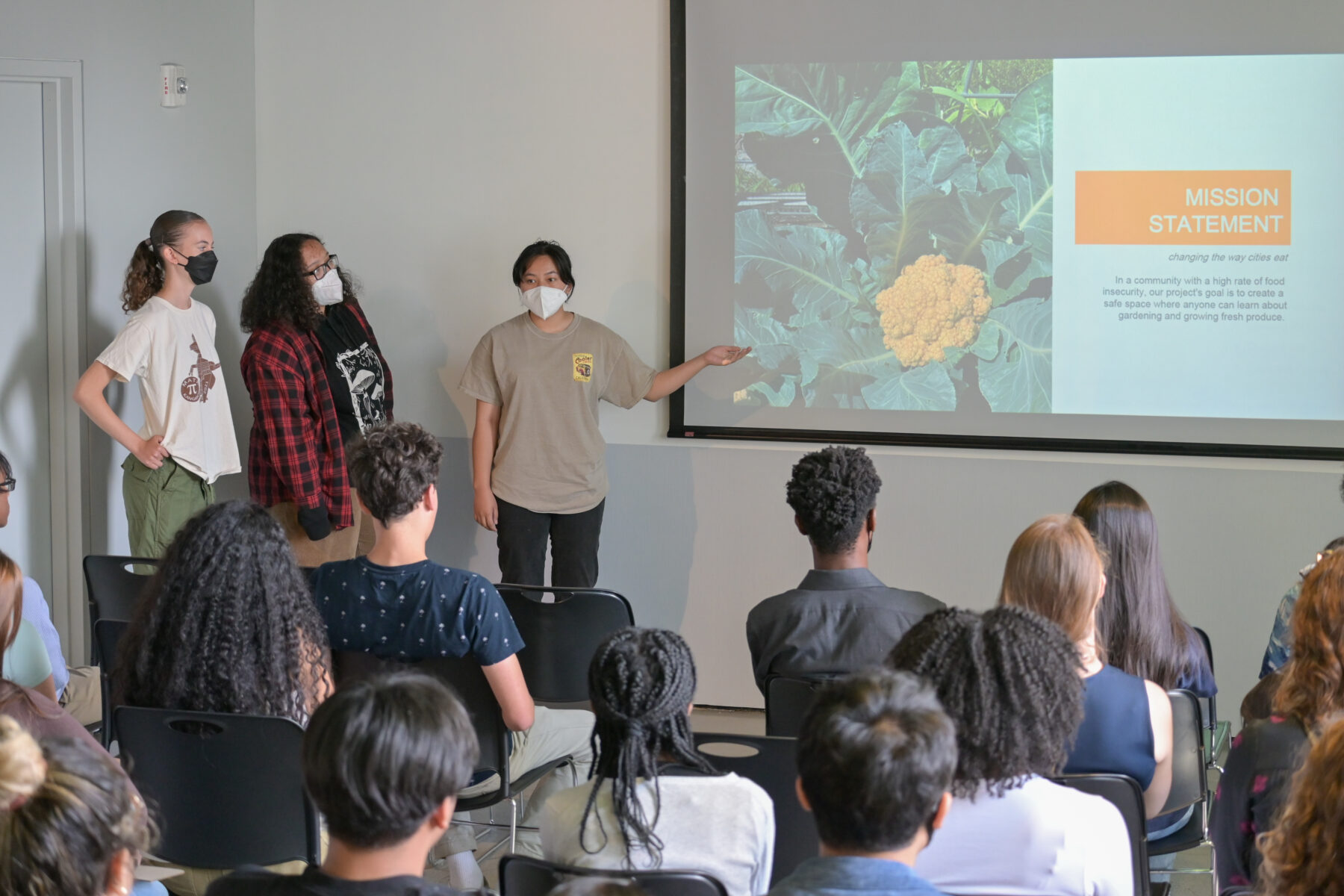
Working 9-5 in the dog days of summer can inspire longing for high school summer vacation. Nostalgia clouds our memories and brings forth visions of sunny blue skies, unlimited time to relax, and memories made with friends.
We’re less likely to fondly recollect the things many of us did to discover our interests and get where we are today, like internships, jobs, and even summer homework.
For the group of designers that gathered at BSA Space this month, it’s easier to remember summer vacation. After all, they just lived it. And despite being teenagers, they spent it working at some of the top architecture firms in Boston.
They were summer interns, some of whom had found professional opportunities through the Private Industry Council (PIC), a nonprofit that hosts career exploration programs for high schoolers as part of its work connecting Boston residents with education and employment. The BSA and the PIC have maintained a partnership, with the BSA acting as a liaison between the organization and architectural firms in Greater Boston. The goal of this association is to create opportunities for high schoolers considering a career in design. The program ties into the BSA’s broader work with youth, which aims to encourage students to think creatively and innovatively about the built environment.
Alongside the PIC group were interns coming from the Sasaki Foundation’s in-house internship program, Summer Exploratory Experience in Design (SEED), an intensive summer internship that immerses students in the design process. On August 12, they all gathered at BSA Space to present the work they’d done over their 6-8 week internships to their peers. In the audience, the architects who mentored them and representatives from Sasaki and PIC waited expectantly.
Allie Estrada, an intern from Bergmeyer, kicked off the presentations, telling the audience about her work redesigning a law firm and financial office on Boylston Street. As she mentioned incorporating greenery into the space and explained the concept of biophilic design, her enthusiasm for sustainability was evident.
“I have learned that I'm not limited. Not just in my designs—I can be anything I want, I can be the person I want to be. I just have to push myself and believe in myself,” she said, before announcing her plans to study architecture in college in the fall.
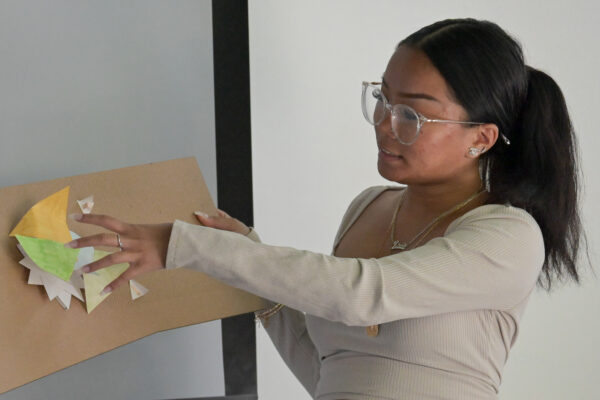
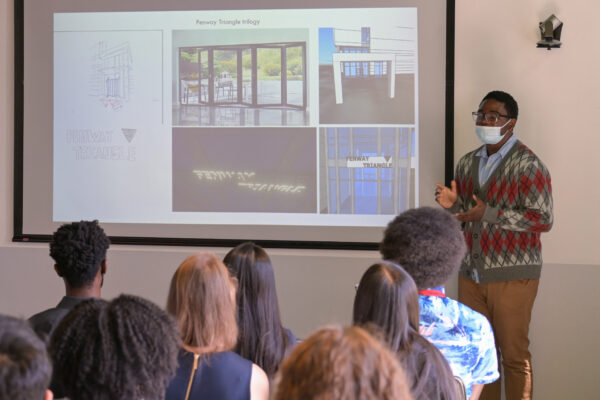
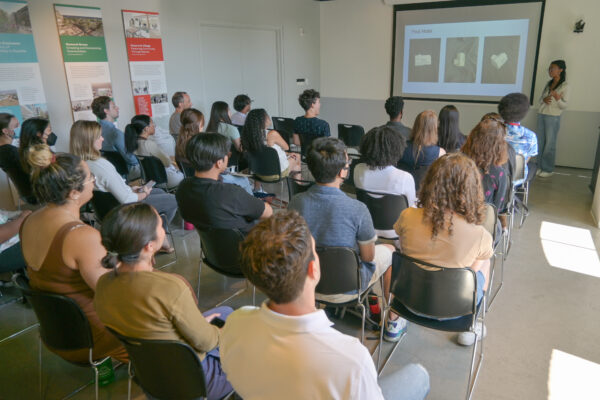
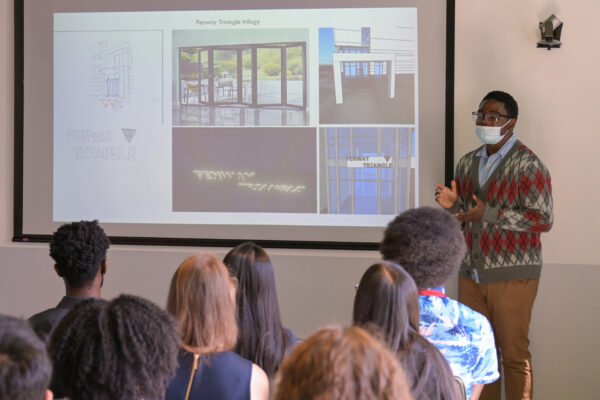
Interns spoke about how the programs had improved their soft skills, sharpening their abilities to process and take feedback, speak up for themselves, and advocate for what they were passionate about. They expressed gratitude for getting the chance to experiment in an environment where making mistakes was okay, and even an essential part of the learning process. Multiple interns mentioned that learning to use new programs and technology was both tricky and rewarding. "SketchUp basically became my best friend,” said Mariama Sidibay, who interned at Elkus Manfredi.
They expanded their design capabilities as well by engaging in exercises like creating physical models.“I was really bad at crafting and cutting, so it was a struggle,” admitted Davian Soto from HMFH, but as the six-week program went on, he could see himself improve. “It made a career in design feel more like something I want to do.”
One of the interns’ favorite aspects of the work was going out on site visits and observing how residents interact with the built environment. The BSA worked with the firms each week of the summer to coordinate visits at construction sites, firms, and other places throughout Greater Boston. At Goody Clancy, Amaya Walters was part of a group that headed to Cambridge to investigate how outdoor dining was set up. “Seeing how people relate to architecture was one of the funnest things for me,” she said. Kiana Nguyen from HMFH showed the audience a collage of photos she took from a visit to Wellesley College, which, while previously unknown to her, was one of her favorite spots that her internship allowed her to discover. “I didn't know this college existed, so I was surprised by how pretty it was,” said Nguyen.
Meanwhile, intern Arthur Le cheerfully proclaimed that his favorite part of the day at Goody Clancy was lunch, since it gave him the opportunity to talk to many different architects about their work. “[This internship] was a lot of firsts for me,” Le said.
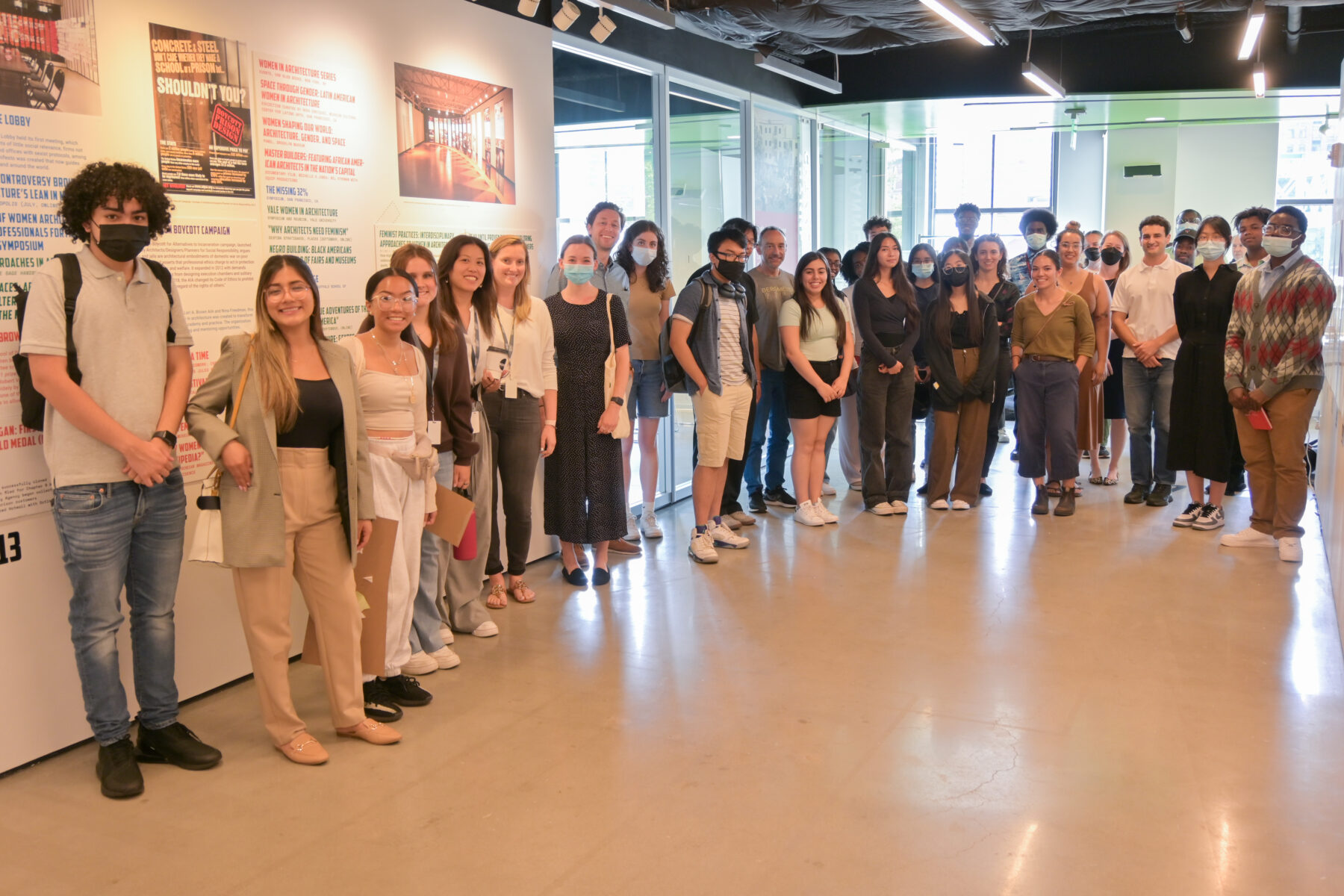
The Sasaki interns worked in three separate teams, with each team working on designing an outdoor classroom for a school in Greater Boston. Participants studied the surrounding community and thought about how infrastructure would affect each project’s users, considering factors like proximity to public transit, sustainability, and accessibility. They also hoped to help design spaces with a measurable positive impact that addressed the unique needs of the neighborhoods in which they worked. “In a community with a high rate of food insecurity, our project’s goal is to create a safe space where anyone can learn about gardening and growing fresh produce,” said a member of the team that worked with the John D. O'Bryant School of Math & Science in Roxbury.
After the presentations ended, the interns, design professionals, and PIC supervisors present enjoyed lunch and spent some time networking and walking through the BSA gallery, where the Now What?! exhibition is still open for public viewing. Taylor Johnson, Design Education Fellow at the BSA, hopes that the program can serve as one part of a greater effort to support students considering a career in architecture or design through their high school years and beyond.
“It’s important for students to be able to explore their interests and see pathways to potential careers that they might not have known about, but could be interested in. Programs like these make that possible, and help them to see the world a little bit differently,” she said.
